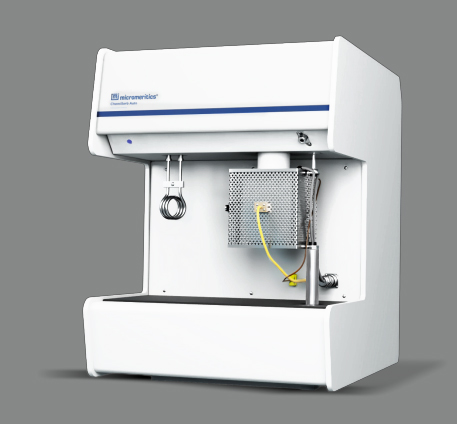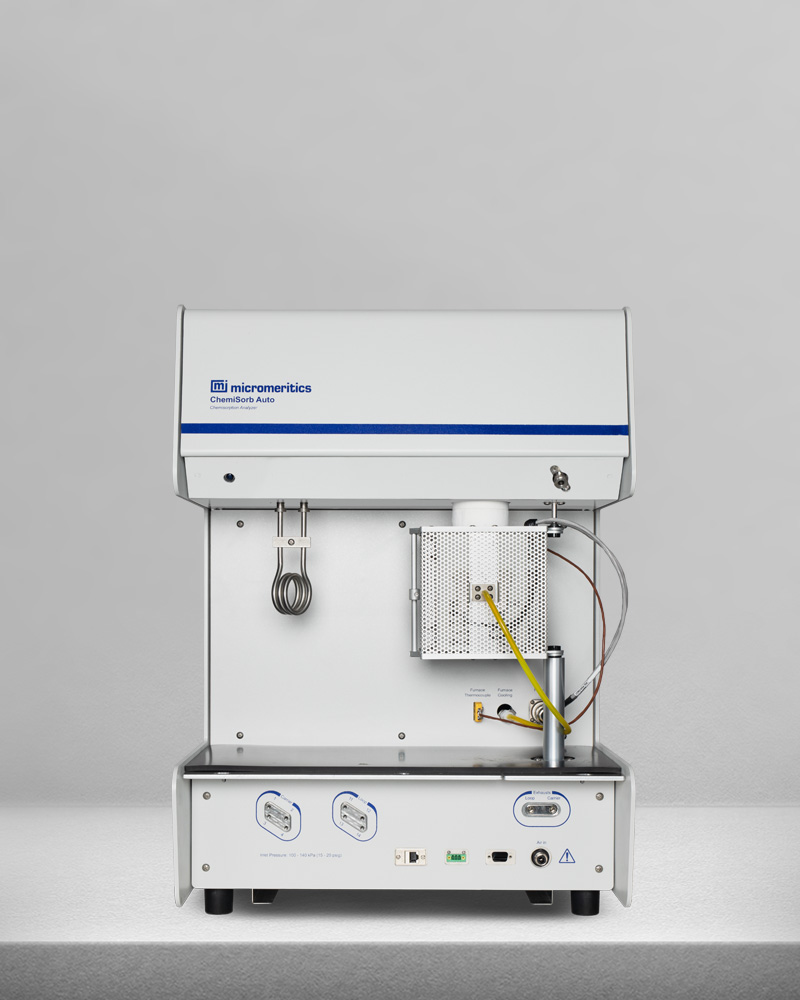Materials Characterization Toolbox

Materials Characterization Toolbox Brochure
The Effectiveness Of TPR For Catalyst Characterization

Introduction Chemisorption is a critical analytical technique used to investigate the surface properties of solid materials, particularly in the field of catalysis. Unlike physisorption, which involves weak van der Waals forces and is typically reversible, chemisorption involves strong, specific interactions such as covalent or ionic bonding. These interactions often result in the formation of a […]
Pulse Chemisorption For Evaluating Metal Dispersion AndCatalyst Activity

Introduction Chemisorption is a powerful analytical method used to investigate the surface properties of solid materials, particularly catalysts. Unlike physisorption, which involves weak van der Waals interactions, chemisorption involves strong interactions such as covalent or ionic bonds. This interaction is highly specific, often irreversible, and only forms a monolayer. The interaction highly depends on the […]
ChemiSorb Auto

ChemiSorb Auto Brochure
ChemiSorb Auto

Automated chemisorption analyzer for essential catalyst characterization measurements
Introduction to Chemical Adsorption Analytical Techniques and their Applications to Catalysis
Abstract The chemical adsorption isotherm reveals information about the active surface of a material and has been employed for many years as a standard analytical tool for the evaluation of catalysts. Temperature-programmed reaction techniques have emerged from the 1950’s as an indispensable companion to chemisorption isotherm analyses in many areas of industry and research. This […]
Characterization of Supported Palladium, Hydrogen Sorption
Introduction The ASAP 2020 Chemisorption instrument can be used for many different analyses. One of the uses of the 2020 can be to analyze the chemisorption of hydrogen onto supported metal catalysts. In this study, 5 weight % palladium on activated carbon was used. During chemisorption, the bonds between H2 molecules dissociate on the metal […]
Pulse Chemisorption with AutoChem II 2920: Isopropylamine on Zeolites
Introduction Several ZSM-5 zeolite samples were analyzed using the AutoChem II 2920. By pulsing isopropyl amine onto the zeolites, the concentration of acid sites can be determined for a particular zeolite. This is very important for catalytic reactions. For example, the reaction that occurred during these analyses proceeded through an intermediate due to an acid-base […]
Characterization of Vanadia Catalysts Supported on Different Carriers by TPD, TPR
Pham Thanh Huyen, Nguyen Anh Vu, Nguyen Minh Hien, Le Van Hieu, Dao Van Tuong, Hoang Trong Yem. Petrochemical and Catalysis Material Laboratory, Hanoi University of Technology, Hanoi, Vietnam Introduction Since V2O5/TiO2 catalysts were successful in the oxidation of oxylene, vanadium-containing catalysts were widely used in the oxidation of other aromatic and paraffinic hydrocarbons [1]. […]
The Heat of Adsorption of Hydrogen Gas on Lanthanum Pentanickel
by: Reid Davis Lanthanum pentanickel (LaNi5) is a metal alloy that, under the correct pressure and temperature conditions, will rapidly sorb hydrogen gas and form a metal hydride compound. Hydride forming metal compounds are well known for their ability to sorb large amounts of hydrogen gas at a specific pressure, store it, and later release […]